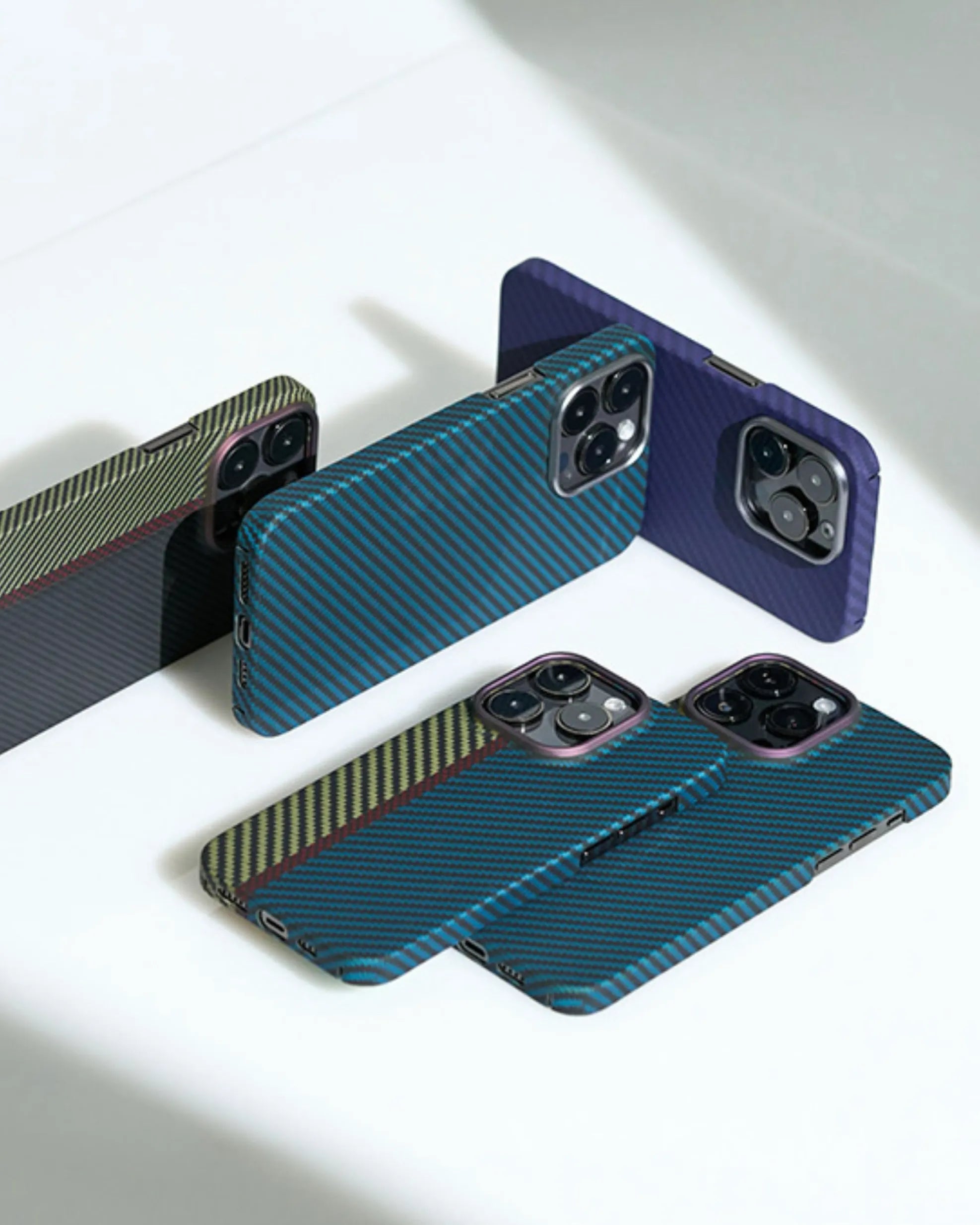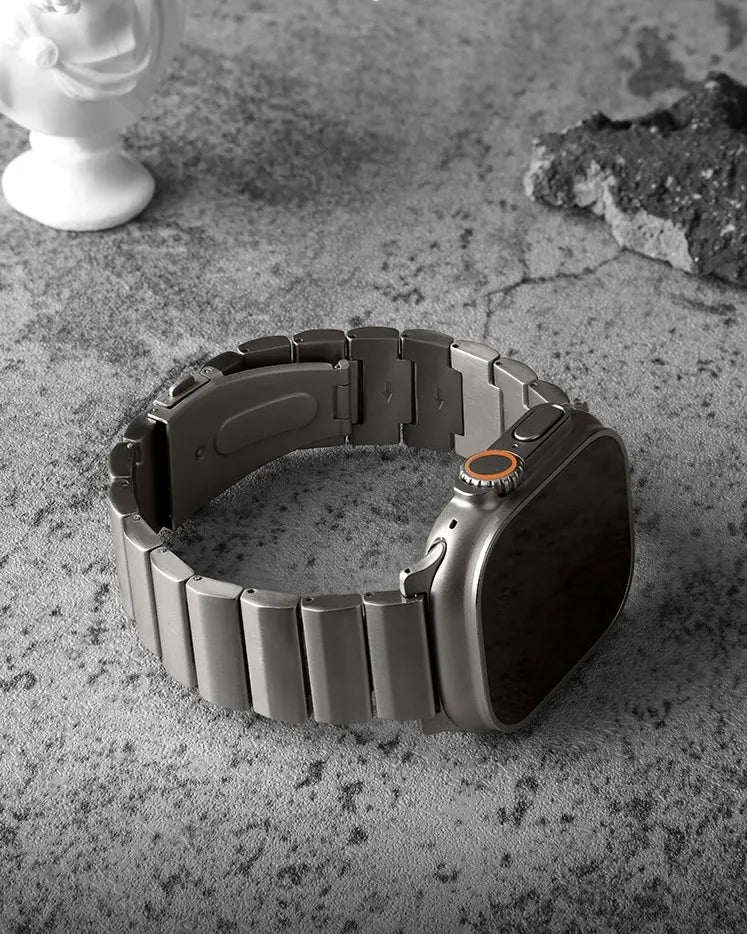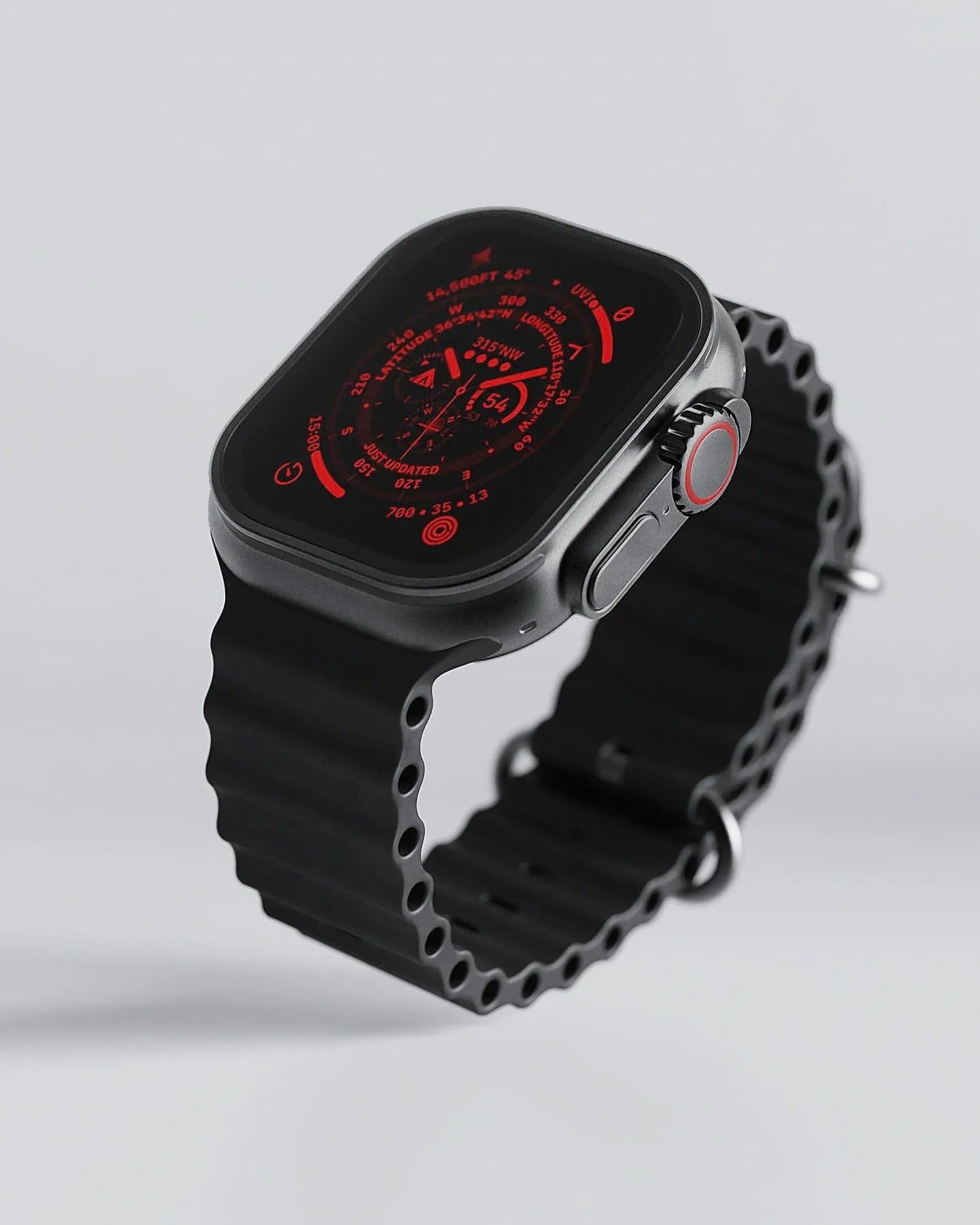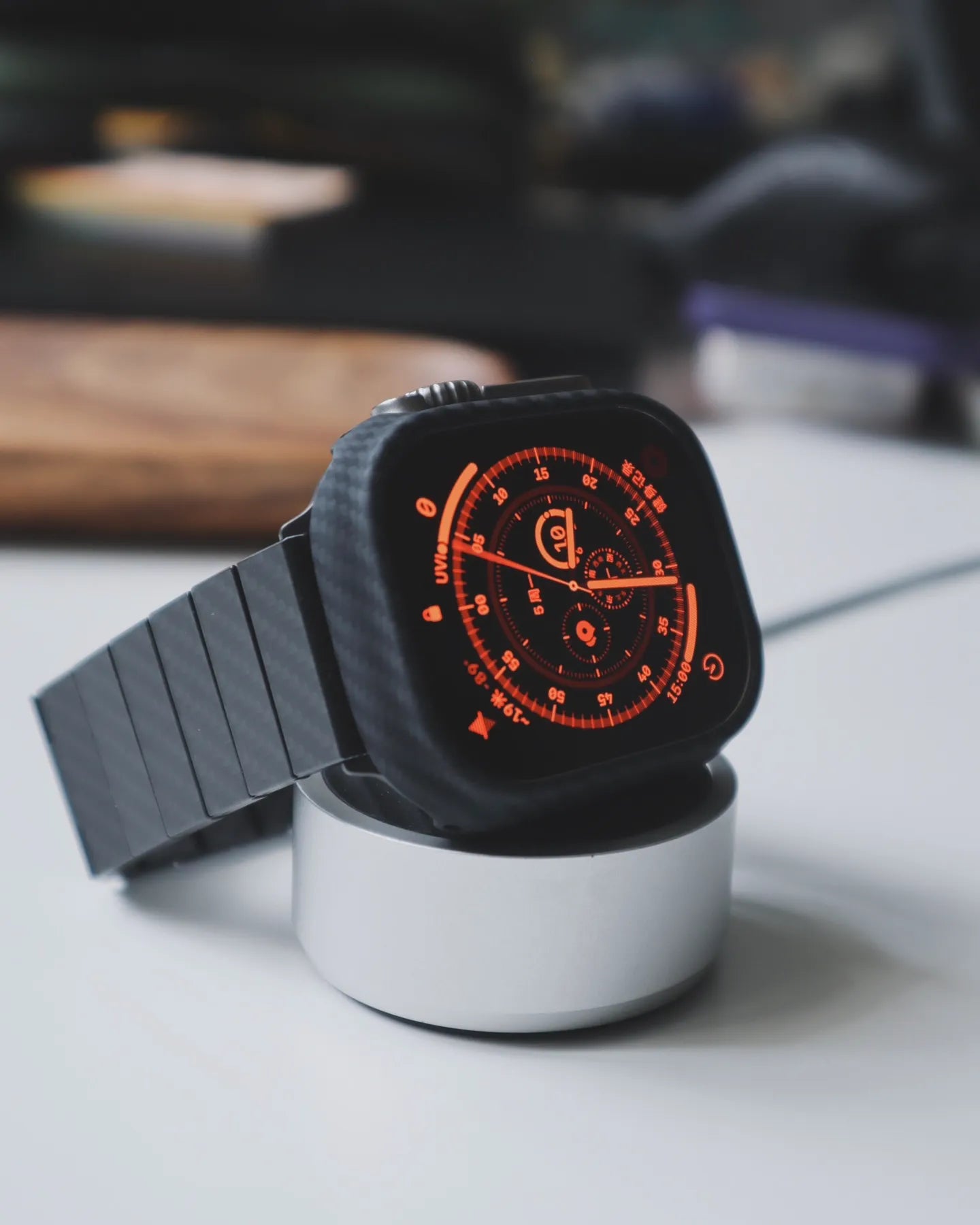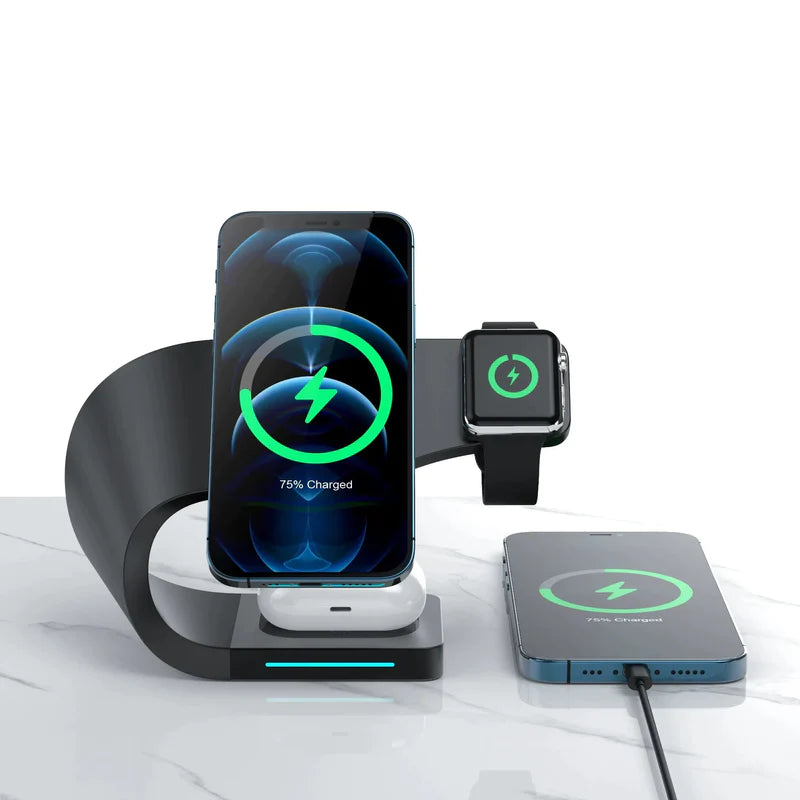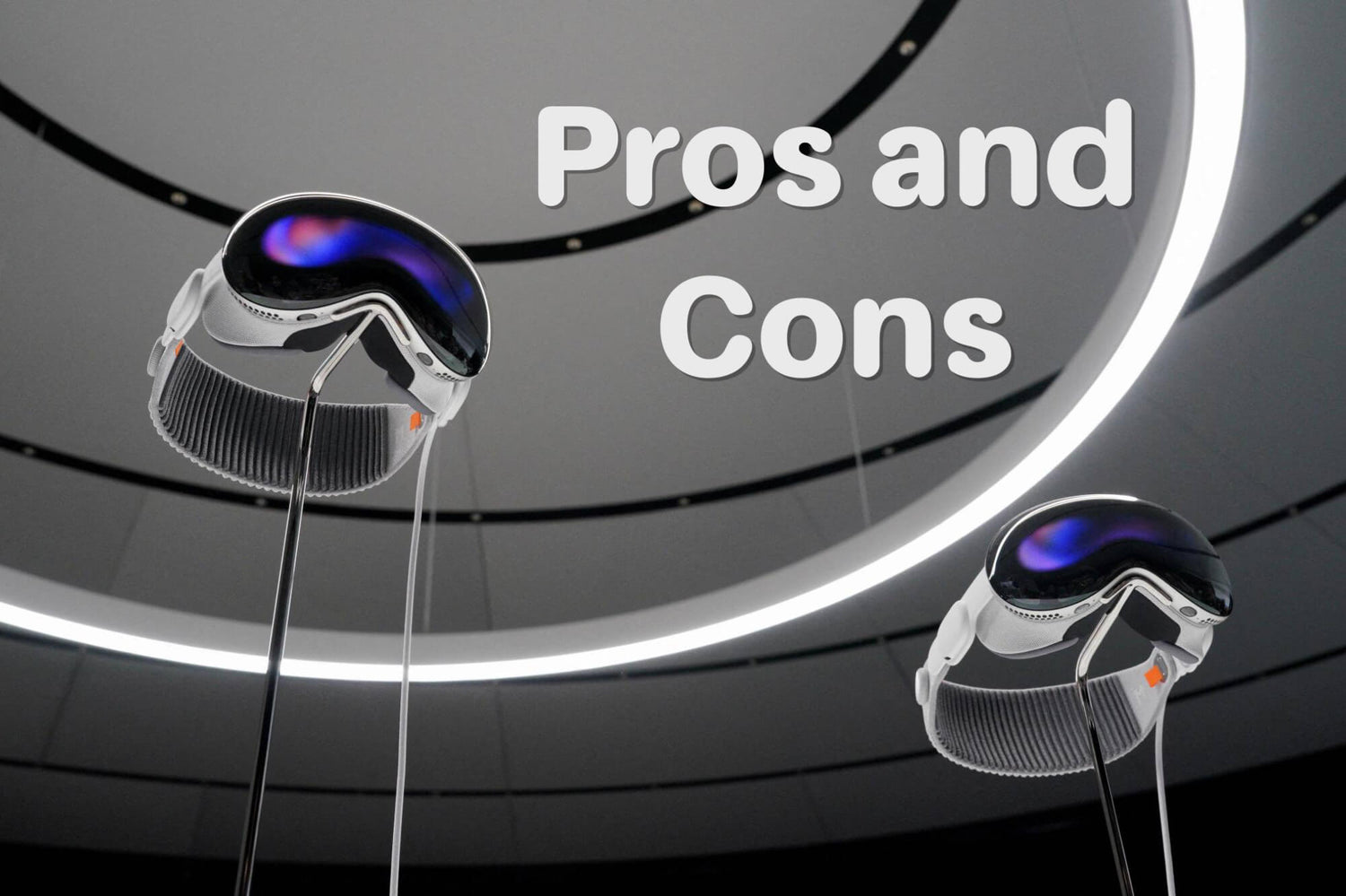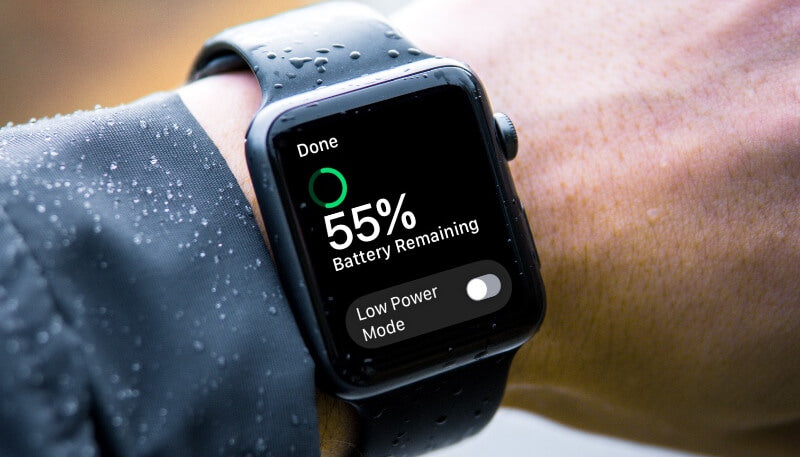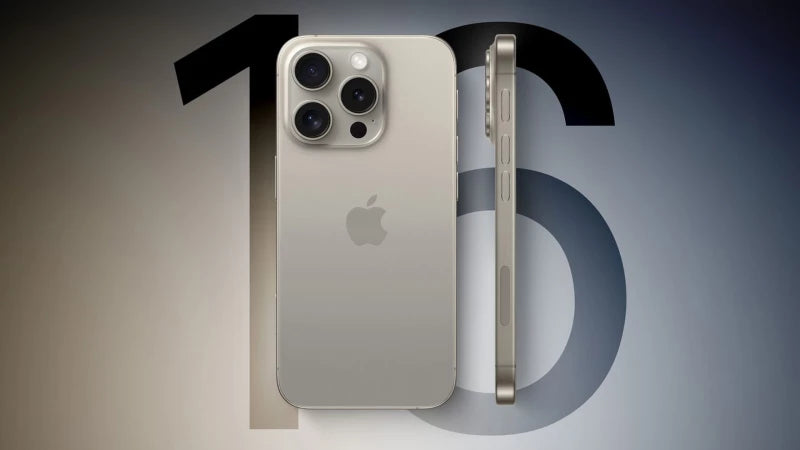At 5 a.m. PST on January 19, pre-orders for the Apple Vision Pro began in the United States. As is the case with any new Apple product launch, the first batch sold out quickly. A few hours later, the estimated delivery time had come to mid-March.
Along with the sale of the Apple Vision Pro, many media reports of the experience were also unveiled at the same time. Most of them praised the innovative technology of Apple Vision Pro, but others also pointed out that Apple Vision Pro has some limitations. Reviews from experiencers are polarized, so what are the pros and cons of Apple Vision Pro?
Pros
Convenient operation
Vision Pro does not have any handle remote control and relies entirely on three methods of sight, gesture and voice control. When you actually experience Vision Pro's eye tracking and gesture recognition, you will feel that the two work perfectly together. All operations respond immediately and without delay. You don't even need to move your body, just move your eyeballs or pinch your fingers to realize the operation.
Unlimited use
The Vision Pro doesn't have to demarcate a safe space like other VR headsets do before it can be used. This means that we don't have to worry about where to use it when using Vision Pro, as long as the power supply is sufficient, we can even use the device on the airplanes, subways and even the road.
Outstanding audio and video experience
Vision Pro is equipped with two 4K-level screens and a desktop-level processor unit. Whether we watch videos or listen to music, we can hear the real sound channels created by the content producer, and the sounds will change accordingly as the user's position and direction change.
Highly realistic
The color and clarity make the reality so strong that even the friend sitting next to you will appear in your virtual world the next second, making it hard to tell if it's real or virtual for a while. In addition, reading the phone screen through the Vision Pro is no problem. There is also the spatial camera capability that makes past photos very realistic and can reproduce the images that were recorded in the past.

Cons
Too heavy
One of the most mentioned keywords for Vision Pro is heavy. In order to bring users a better visual experience, Vision Pro is packed with almost luxurious configurations. However, this also increases the weight of the headset and puts a heavy burden on the user's cervical spine. The overall weight of Vision Pro is 600-650g. What is the concept of 600g? It's equivalent to three iPhone 15 Pro Max hanging on your head, which is difficult to maintain long-term wear. Most experience reports point out that Vision Pro is still not comfortable to wear for a long time.
Well-known tech blogger @MKBHD also said that the weight of Vision Pro is unbearable. Every time he experienced a new feature, he sighed "it's too heavy".

Few applications
Apple has previously announced that Apple Vision Pro can be used for streaming media applications such as Apple TV +, Disney +, and HBO Max for the first time, but mainstream overseas audio and video applications such as Netflix, YouTube, and Spotify are not included in this list. Whether it is film, television or work, it is currently difficult to imagine how Vision Pro can replace traditional monitors and TVs.
Battery
Apple Vision Pro has a built-in M2 chip and an R1 chip to drive the 23 million pixels inside, and more than a dozen sensors are almost always in working state. That means it has a higher workload than the iPhone, iPad, or even the MacBook. The battery keeps the Apple Vision Pro running for just two hours. More often than not, Apple Vision Pro is designed to work plugged in, just like a desktop computer.
High maintenance cost
Apart from the price, the Apple Vision Pro is also very expensive to repair, if the outside piece of glass is broken, the repair cost is $799, which is equivalent to the price of an iPhone 15. If the internal lens breaks or the motherboard fails, the repair and replacement cost can be as high as $2,399.
Game
In addition, it is worth mentioning that Apple has almost ignored the gaming scenarios that is the focus of mainstream VR devices. There will be games on Vision Pro, but they are still just flat windows hanging in the air, and interactive devices are limited to traditional gamepads. As for somatosensory interactive games that can better utilize the characteristics of VR devices, at least currently the Vision Pro does not support them.
The Vision Pro may be able to cast a larger window, but it can't be shared with others, can only be used by one person, and the weight is also a certain burden. Is this product, which Apple has high hopes for and is expected to take over from the iPhone and drive Apple’s second growth curve, enough to attract you to buy it?

